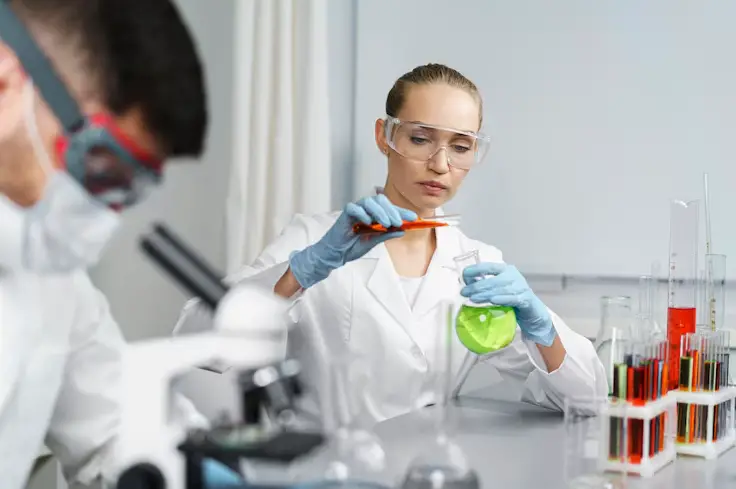Biotech and Safety: How Human-First Testing Models Are Reshaping Research

Rethinking Traditional Testing Methods
For decades, animal testing was the foundation of drug development and toxicology research. While these models offered early insights, their shortcomings have become increasingly apparent. Animals often metabolize substances differently from humans, leading to inaccurate predictions of safety and efficacy. As a result, many drug candidates that appeared promising in animals have failed in human clinical trials, wasting time, money, and in some cases, risking human lives.
The Rise of Human-First Testing Models
Human-first testing models aim to bridge the gap between traditional research methods and the complex realities of human biology. These innovative approaches utilize advanced technologies, such as organoids, organ-on-a-chip platforms, and 3D human cell cultures. Each of these tools acts as a miniature replica of human tissues and organs, closely mimicking their functions. This enables researchers to observe biological responses in environments that reflect the complexities of the human body, offering invaluable insights into disease progression and the potential effectiveness of treatments in real-world scenarios. Ultimately, these models represent a significant advancement toward more effective and humane testing methods that prioritize the intricacies of human health.
Ethical and Scientific Advantages
The shift toward human-relevant models is not only scientifically sound but also ethically responsible. These systems reduce the need for animal testing, aligning with public demand for more humane research practices. Beyond ethics, human-first models often deliver results faster and more cost-effectively, particularly by identifying unsuitable compounds earlier in the development process.
Innovative Solutions in Toxicology
A standout in this space is ImmuONE, a biotech company offering invitro advanced toxicology services. Their technology replicates the human lung’s immune response, making it possible to test the safety of inhaled substances with far greater accuracy than traditional methods. This innovation helps companies in pharmaceuticals, cosmetics, and environmental science make safer, more informed decisions about product development.
Regulatory Support and Global Momentum
Governments and regulatory agencies are beginning to support the shift. The U.S. Environmental Protection Agency (EPA) has set a goal to phase out animal testing by 2035 and is investing in alternatives. Meanwhile, the European Union’s REACH regulation encourages companies to prioritize non-animal methods wherever feasible. These efforts reflect a broader commitment to modernizing safety testing and making it more relevant to human health.
Challenges to Widespread Adoption
Despite the promise of these technologies, challenges remain. Human-first models must be validated, standardized, and accepted by regulatory bodies on a global scale. The transition also requires retraining scientists and adjusting long-standing protocols. However, with growing support and proven success stories, the momentum for change is undeniable.
Looking Ahead
The biotechnology industry is on the brink of a revolutionary transformation. With the introduction of human-first testing models, we have a promising opportunity for a future that emphasizes ethical practices while providing greater accuracy and efficiency in results. As innovation continues to evolve, these advanced methodologies are set to become the gold standard in research and development. This evolution aims to create a future where the principles of safety and scientific integrity are seamlessly integrated, ensuring that progress does not come at the expense of humanity.
